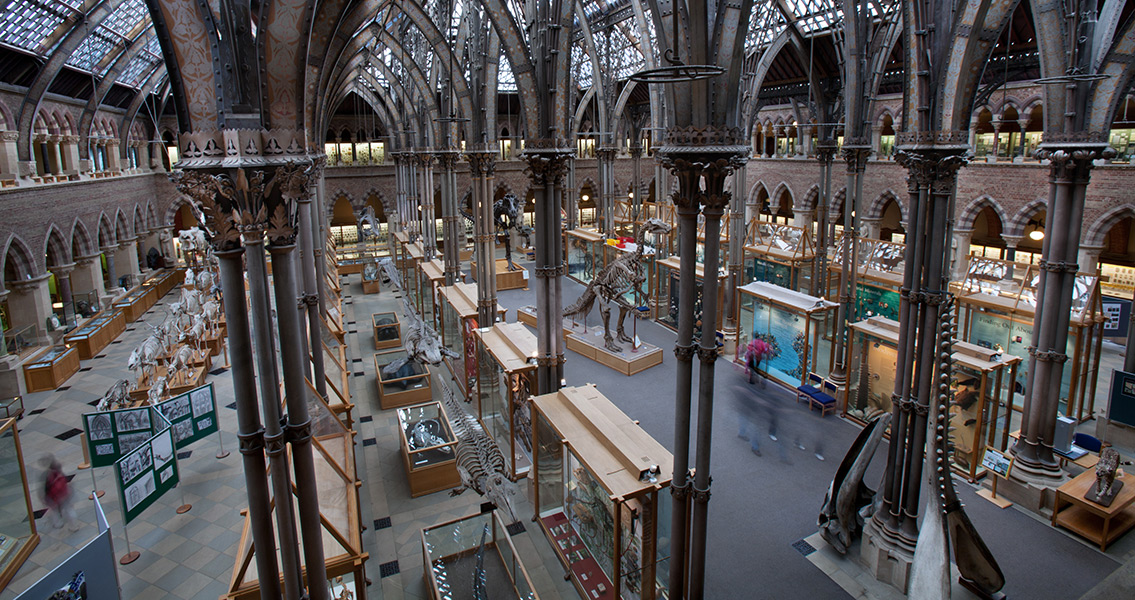<![CDATA[A £2 million initiative to clean the glass window roof of Oxford University’s Natural History Museum has, in an ironic twist of fate, led to the deterioration of several historical artifacts. The grand Victorian-era building needed some upkeep, according to university authorities, which is why the glass tiles in the roof of the museum were given a thorough cleaning. However, after the century and a half of accumulated grime was removed, the increased amount of sunlight brought to the interior of the building began to spell disaster for several exhibits. It’s been less than two years, yet the newly refurbished roof has been causing distress to curators and damage to specimens. According to The Telegraph, exhibits in the museum have been exposed to temperatures in excess of 104 degrees Fahrenheit (40 degrees Celsius), high levels of damaging ultraviolet radiation, and plummeting humidity levels. As a result, the damage has been characterized as “rapid and irreversible”; public documents penned by the museum reveal how many stuffed animals now have cracked and faded skin, and how the new conditions could potentially ruin a collection of scientifically valuable whale skeletons as well. The root of the problem has been traced, at least in part, to the decision to remove the solar reflective film from the glass roof. During the renovation process, it was decided to not replace the film because of its tendency to discolor after long periods of exposure. Additionally, the modern material clashed with the historical Victorian workmanship of the museum, and as the museum is listed on the register of England’s historic buildings, engineers decided to leave the glass roof tiles unprotected. To mitigate the problem, there were plans to coat the glass cases containing several exhibits with a protective film. However, with the entire roof no longer providing UV protection – and around 150 years of dirt no longer blocking the sun’s rays – the interior of the museum has become a dry, arid greenhouse. Plans are being laid to coat the roof with a new UV film – plans that are backed by Historic England, the organization that conducts conservation work for historic buildings in the UK. While the heritage body usually does not encourage such measures, as this would not just diminish the historical significance of the museum but damage its external appearance as well, it remarked that the benefit for the public would certainly outweigh any harm the proposal would entail. The plan is not without its own problems, as the sheer cost of scaffolding the gargantuan Victorian building to gain access to the entirety of the roof is cost-prohibitive, according to Oxford University. Separate plans are being drawn up to refit the building with new air conditioning to make it safer to visit during the summer months, especially for children and the elderly. University officials further said that the new film, if applied, would cut incoming UV rays by around 99.9 percent, safeguarding the exhibits from further destruction. However, this would only result in a net temperature drop of around 1 degree Celsius – part of why the air conditioning system proposal is being pursued. Image courtesy of Wikimedia Commons user: © Jorge Royan]]>
How Cleaning Windows Led to the Destruction of History
